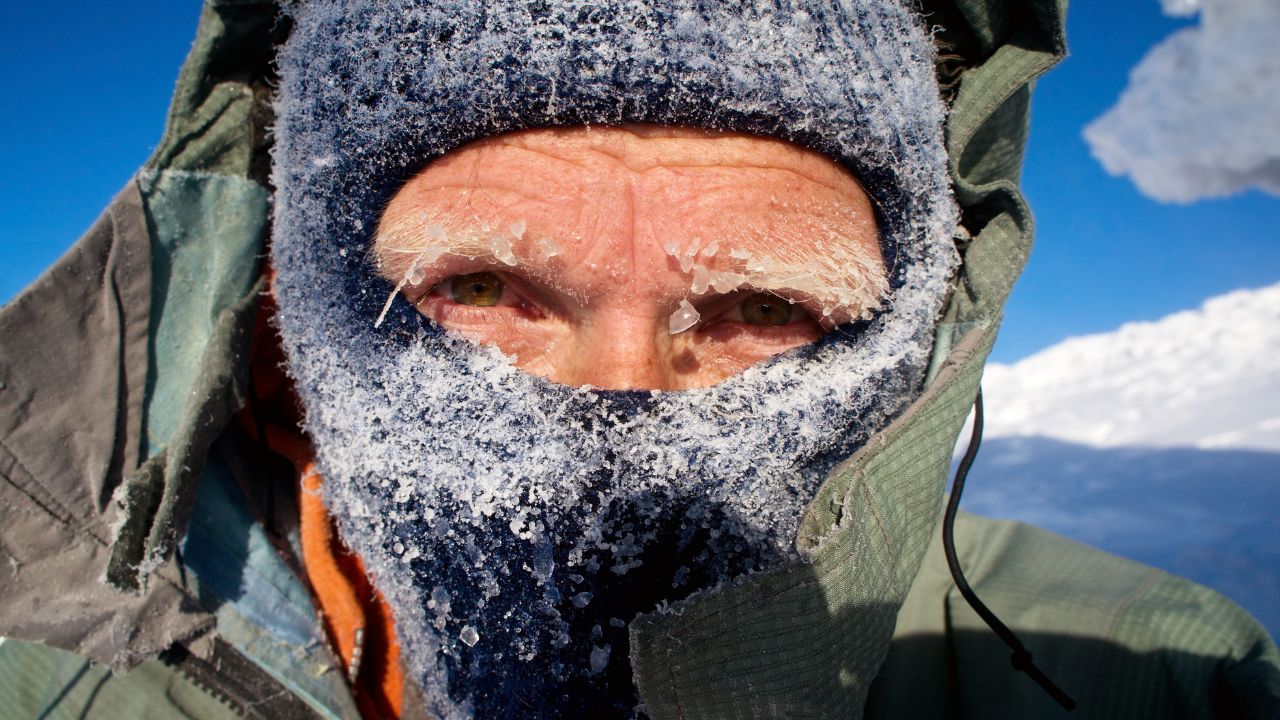8 Survival Myths That Will Get You Killed (And 8 Skills to Practice Instead)

How many stories about attacks on the power grid, unidentified flying objects (with unknown intentions), and pointed predictions of social unrest do you need to encounter before you break out the flint or learn to tie a knot? No matter how many episodes of You vs. Wild you watch, no television show can prepare you for the moment of truth.
Learning to light a fire without a Bic or building a shelter may not be necessary if life is always peachy. Isn’t it worth taking a few hours that you’d otherwise spend consuming a mindless Netflix series and brushing up on some worthwhile survival skills — just in case?
Thriving in the darkest of times starts by identifying the practices that aren’t worth the effort and instead focusing on those proven to extend your lifespan in an emergency. We have weeded out the myths from the must-knows for the next nationwide blackout, food shortage, or economic collapse.
Skill to Practice Instead: Become a Master Fire-Builder and Know Your Foliage

So long as you can build a fire, you can cook your meat. This will drastically reduce the likelihood that you’ll succumb to (or miserably endure) the effects of tainted food.
Purchase your fire starter, practice starting fires from scratch, learn about edible foliage in your area, and do everything possible to avoid chowing down on raw meat. As many as half of cattle carry E.coli. Failing to kill such bacteria through heat-based cooking could prove a ruinous decision.
Myth: Raw Meat Is Better Than Going without Food

Despite what the Liver King and other raw-meat enthusiasts tell you, the dangers of consuming raw meat are no less pressing in an emergency. While you could theoretically survive on carpaccio, the risk of developing food-borne illness is too significant to gamble when emergency services are far away and you’re relying on yourself to stay alive.
Safe consumption of raw meat rests on the guarantee that the meat is not infested with dangerous microbes. Therefore, foregoing a raw meat meal until you can get the fire going is a conservative decision, and it could just save your life.
Skill to Practice Instead: Stock Multiple Sets of Winter-Resistant Fabrics

You have to assume the worst will occur in a precarious scenario. Assume your GORE-TEX will spring a leak, causing your inner layers of wool to become wet and, therefore, a hazard for frostbite.
By purchasing multiple sets of strategic layers, you can peel off wet clothing and swap it for a fresh set of winter-proof layers while you dry your initial outfit by the fire. Backup plans are the key to survival, and this truism extends to your winter wardrobe.
Myth: Layer Up, No Matter the Material

We hear the term “layers” applied indiscriminately to avoid frostbite, hypothermia, and other health problems from cold exposure. However, the material within each layer matters, as not all layers are created equal.
Wool, silk, or polypropylene retain heat better than cotton, so these are ideal fabrics for your innermost layer. Goosedown and fleece are also effective insulation in the wintertime. For your outer layer(s), water-resistant materials like GORE-TEX can help keep water from reaching your inner layers, a critical barrier to survival.
Skill to Practice Instead: Frostbite Prevention

Staying warm is the key to preventing frostbite, so coating yourself in layers of dry clothing and starting a fire may be steps one and two when you find yourself in a cold outdoor environment. As soon as you detect symptoms of frostbite, submerging the affected skin in warm water is the ideal treatment.
If you do not have access to warm water, remove cold clothing, constricting clothing, and items like jewelry, wear dry clothing, and expose yourself to indirect warmth (like that from a fire). Do not expose the frostbitten body parts to direct heat, as you may be unable to sense excessive heat and could be susceptible to burns.
Myth: Rubbing a Frostbitten Body Part Warms It Up

Those without heat in a frigid environment must be wary of frostbite. Mild symptoms of frostbite include numbness and tingling, which may affect the extremities first. Affected skin may eventually change in hue, turning red, white, purple, and even brown as the skin freezes and tissues deteriorate.
Frostbite is an injury to the skin, so rubbing the skin could worsen injuries, cause open wounds, and expose you to a host of medical complications beyond the frostbite itself.
Skill to Practice Instead: Hone Your First-Aid Protocols

If a venomous snake bites you, do everything you can to find a medical professional. In the meantime, medical professionals recommend removing jewelry and tight clothing, sitting or lying down, remaining as calm as possible, cleaning the wound, and wrapping the bite location in a clean, dry bandage.
If you don’t have a First Aid kit, get one soon. It is always a worthwhile investment, whether in a disaster or at the best times.
Myth: You Can Suck Snake Venom Out

Here’s a rule of thumb: If you’ve seen it done in a movie, it probably needs to be more valuable and dangerous. The myth that you can suck snake venom out of a fresh wound is Exhibit A in this presentation.
Whether your attacker is a rattlesnake, coral snake, or another venomous vertebrate, cutting and sucking the wound is unlikely to provide any benefit. Exposing yourself to the additional infection risk that comes with creating a larger wound and exposing it to your saliva (which is not as clean as you would like to think) is a no-no in any circumstance.
Skill to Practice Instead: Rehearse Priority Lists Based on Different Scenarios

It would help if you prepared for various survival circumstances, like a middle linebacker knowing what they should do based on whether the offense passes or runs. If you are in a geographic region that experiences seasons, this means knowing what is most important if you find yourself without power or shelter in both warm and cold seasons.
If you live in a climate like Florida, you might consider your priorities during rainy or dry seasons. Consider as many possibilities as possible and create a rough priority list based on prevailing circumstances.
Myth: Shelter Is Always Most Important in a Survival Situation

There are few absolutes regarding survival; being in tune with your unique circumstances may be the most excellent skill. If you hear someone tell you shelter is always a top priority when you find yourself in unfamiliar (and unsheltered circumstances), you can tell them it depends.
If you find yourself in frigid temperatures with sundown approaching, shelter and fire will likely be priorities. On the other hand, finding drinkable water takes precedence over building a shelter if you are in the Florida heat with no storm clouds looming. Let the circumstances dictate your survival to-do list.
Skill to Practice Instead: Learn About Local Foods That Will Warm You Up

Thermogenesis is your body’s heat production as a byproduct of energy production. Food is one of the primary fuels for energy production; therefore, eating the proper meal can enable your body to maintain its core temperature in cold environments.
Rather than rely on the fleeting, deceptive (and potentially dangerous) sense of warmth that alcohol may provide, focus on researching edible plant life and honing your hunting and trapping skills. Food offers the authentic, nourishing warmth far superior to alcohol’s smoke and mirrors.
Myth: Consume Alcohol To Stay Warm

As many jokes as we make about stocking up on rum before the hurricane hits, avoiding alcohol in a high-stakes survival situation is generally intelligent, you might think the exception would be in cold temperatures, when a swig of Jack Daniels would have a warming effect, right?
While alcohol can prompt a warm sensation on your skin, it lowers your body’s internal temperature. Alcohol’s dilating effect on blood vessels leading to your extremities means blood is directed away from your internal organs, which could contribute to those organs shutting down.
Skill to Practice Instead: Purchase a Flint and Steel (And Learn To Use It)

There are a handful of handheld spark-producing tools, including magnesium blocks, weather-proof matches, Ferro rods, and flint-and-steel sets. You could even invest in a rechargeable lighter, though banking on electricity is a presumption hardened survivalists won’t make.
More than simply simply purchasing these items is required. For instance, steel often has a coating you must remove before the sparks start to fly. Ideally, when circumstances call for it, you’ll be well-versed in making a fire from nothing more than your fire starter, tinder, and a few deep breaths.
Myth: Friction Fires Are a Reliable Technique

Any veteran of the survival-themed television show circuit knows that starting a friction fire is far more easily proposed than done. The supposed experts featured in Dual Survival, Alone, and similar programming have repeatedly lost valuable sweat and suffered endless cramps trying to start friction fires using intricate bow drills.
You’re probably not an expert, meaning your odds of starting a fire without help from a tool are near zero. Recognize your limitations (including a potentially limited knowledge of physics), and don’t waste your time worrying about friction fires.
Skill to Practice Instead: Identifying Wild Foliage Safe for Human Consumption

While the world is filled with edible plants and their highly toxic cousins, you can narrow down your education to the area where you’re most likely to be in a survival situation. Researching edible plants in your corner of the United States (or wherever you reside) and noting some of the most common toxic foliage is a solid start to harvesting nature’s bounty.
If you’re serious about prepping, you can print a graphic containing the gut-friendly and not-so-friendly plant life. Some intensely toxic plants look eerily similar to harmless alternatives, so you can never be too thorough.
Myth: If the Animals Eat It, You Can Too

Never let animals be your taste testers, whether it is a wild mushroom, berry, or rotting animal carcass. While it seems evident that meals for a vulture are not necessarily suitable for a human, it’s not irrational to think that a catbird munching on holly berries means you would be safe to do the same.
Birds can digest many berries that would poison humans, while other animals can consume fetid meat and other toxic perishables that could potentially take you out. Even if you survived consuming something you shouldn’t, a survival scenario is no time for food poisoning.





